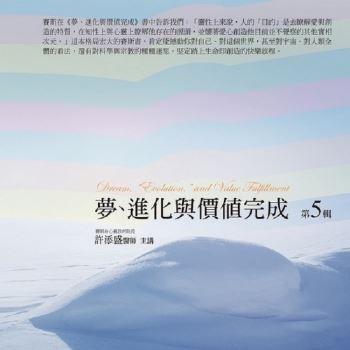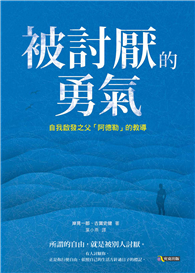Using quirky and sometimes irreverent examples to provide an overview of social science methodology, this new edition of the popular text has been substantially revised to include an in-depth consideration of current hot topics in the constantly evolving field of scientific research, including the trend away from ’hard’ (quantitative) research to ’soft’ (qualitative) research, advances in computerized analysis of statistical data, and the increasing focus on the cultural context of research.
BLPart One explores the strengths and limitations of common sense methods of solving puzzles and demonstrates how the scientific method significantly improves our ability to check the reliability and validity of theories.BLPart Two introduces the reader to two pre-scientific methods of problem solving: the after-the fact and the before-and- after methods. After noting the strengths and limitations of these pre-scientific methods, the authors explain how the control-group procedure, the classic example of the scientific method, helps overcome the major limitations of the after-the-fact and before-and-after methods.
BLPart Three explores how scientists measure the internal and external validity of research results.
BLPart Four examines the methods scientists use to assess subjective information through qualitative research methods: questionnaires, interviews and attitudes and personality scales. Naturalistic observations and archival research extend the reach of social sciences into areas that more controlled research methods cannot go.
BLPart Five sets out the basic rules for tying numbers to objects and events, how numbers can be used to summarize and describe large amounts of information, and how mathematics helps us to bridge the gap between the known and the unknown.
BLPart Six charts an explosion of ethical challenges as science pushes its way into every nook and cranny of our lives. Chapter Fourteen focuses on how scientists may communicate their scientific news clearly and effectively. BLPart Seven engages in a wide-ranging discussion of the history of science and explore how gender influences scientific research.










